Yes. Chickens can eat cheese. If you have ever raised chickens or been in charge of their welfare and maintenance, then you might have realized that these amazing creatures are thrash feeders, with their claws modified for scuffing the ground. These chickens can feed on anything their instinct tells them to, or whatever that you feed them with.

One major difficulty you might encounter from time to time once you are in charge of chickens or you care for them is their food. You might often find yourself wondering if your chickens can eat this or that, and seeing them try to feed on cheese can leave you in further awe.
If you ever find yourself in this kind of predicament, wondering about what you can feed your chickens and what you can’t, here’s a list below for you.
Chickens can eat Cheese. Cheese is one of the healthiest sources of protein for chickens. But as healthy as cheese is, you should ensure your chickens consume them in proper proportion. Why?
Let’s first discuss the nutritional value of cheese.
Cheese contains lots of nutrients, especially protein. Here is a table that discusses the nutritional value of cheese.
Nutritional Table For Cheese
There are over a thousand different kinds of cheese. This table shows the nutritional value for one ounce of about six of them each.
| NUTRIENT | SWISS CHEESE | MOZZARELLA CHEESE | GOUDA CHEESE | FETA CHEESE | BRIE CHEESE | CHEDDAR CHEESE |
| Calories | 100 calories | 85 calories | 110 calories | 60 calories | 100 calories | 120 calories |
| Carbohydrate | 1 g | 1 g | 1 g | 1 g | 1 g | 1 g |
| Fat | 9 g | 6 g | 8 g | 4 g | 9 g | 10 g |
| Protein | 5 g | 6 g | 7 g | 5 g | 5 g | 8 g |
| Calcium | 150 mg | 143 mg | 200 mg | 60 mg | 150 mg | 200 mg |
| Sodium | 170 mg | 138 m | 200 mg | 360 mg | 170 mg | 187 mg |
Interesting Facts About Cheese
Cheese is a product of dairy. It is the result of curdled milk. In factories, during the production of cheese, bacteria are added to milk. This converts the lactose present to lactic acid. An enzyme called rennet is further added, this helps to curdle the milk. Although the source of rennet used to be the stomachs of young cows or calves, rennet is now produced by engineering bacteria and yeast genetically.
- You will be needing about ten pounds of milk to make just a pound of cheese. That’s so much milk for just a little cheese. This ratio however varies depending on the kind of milk used in producing the cheese.
- The cheddar cheese is not originally yellow. All kinds of cheese are normally white, or not very white. It depends on the type of milk used in production.
- The orange color of the cheese is obtained by adding annatto seeds. This seed is flavorless and very colorful.
- About 50%- 60% of the world’s population consumes gouda cheese.
- Wisconsin produces the largest amount of cheese. Over two billion pounds of cheese are manufactured there every year. California is the next largest producer.
- Sounds funny but the cheese was discovered unintentionally – by accident!
- About seven thousand years ago, ancient people discovered cheese by carrying milk in the stomach linings of animals. The stomach of these animals contains the bacteria known as rennet that curdles milk.
- Cheese is a huge source of zinc.
- Some types of cheese can be curdled just by adding lime juice.
- Hard cheese lasts longer than soft cheese.
- A study carried out in the year 2005 showed that eating cheese about thirty minutes before bed helps bring about better sleep.
- In the United States of America, they have a cheese law that states that ‘raw cheese that has not aged for over sixty days is illegal’. So yes, we have illegal cheese as well too.
- Caves are the best environment for properly aging cheese. Cheese caves are actually real.
- Some individuals who are lactose intolerant can eat cheese without feeling any side effects.
- America’s most popular cheese recipe is mac and cheese.
- Over two thousand varieties of cheese exist.
- The most popular flavor of cheese in America is popcorn.
The other uncommon types of cheese that exist include; Stilton, Bel Paese, Edam, Bresse Bleu, Danish Blue, Brie, Derbie, Caerphilly, cottage cheese, Camembert, Dunlop, Cheddar, Double Gloucester, Chesire, Cream Cheese, Demi-Sel, Gruyère, Emmental, Gjetost, Mozzarella, Parmesan, Wensleydale, Leicester, Samsoe, Tomme au Raisin, St. Paulin, Gorgonzola, Port Salut, Gouda, and Roquefort.
Can My Chickens Eat Cheese?
I’ve had many chicken rearers and poultry owners come up to me with this question and what I usually tell them is yes, and then I go further by saying ‘not a full yes’. Why? Let me explain. In a real sense, cheese is the best source of protein for chickens, these animals need cheese in their diet to stay robust and healthy. But just a little above the required amount of cheese for them is bad. The digestive system of chickens is not designed to digest the sugars present in milk or milk products. This can only mean one thing, diarrhea, followed by emaciation (tragic loss of weight) and death.
What You Should Know About Cheese
Cheese can be toxic for your chickens if given to them in large amounts. Also, wet cheeses and cheese spread should be avoided for chickens because of their fat contents. You want your chickens to have a healthy weight instead of dealing with obesity.
If you want to consider feeding your chickens with milk, I’ll advise goat cheese. Goat cheese is made out of goat milk which is low in sugar content. About one ounce every five to seven days is enough.
Benefits Of Cheese To Your Chickens
- Healthy source of protein
- Source of zinc
- Promotes fast weight – gain.
In Summary
Chickens can eat cheese but in Moderation. Cheese is very nutritious for chickens, avoid giving your chickens wet cheese or cheese spread. Too much cheese can result in digestive unrest for your chickens.


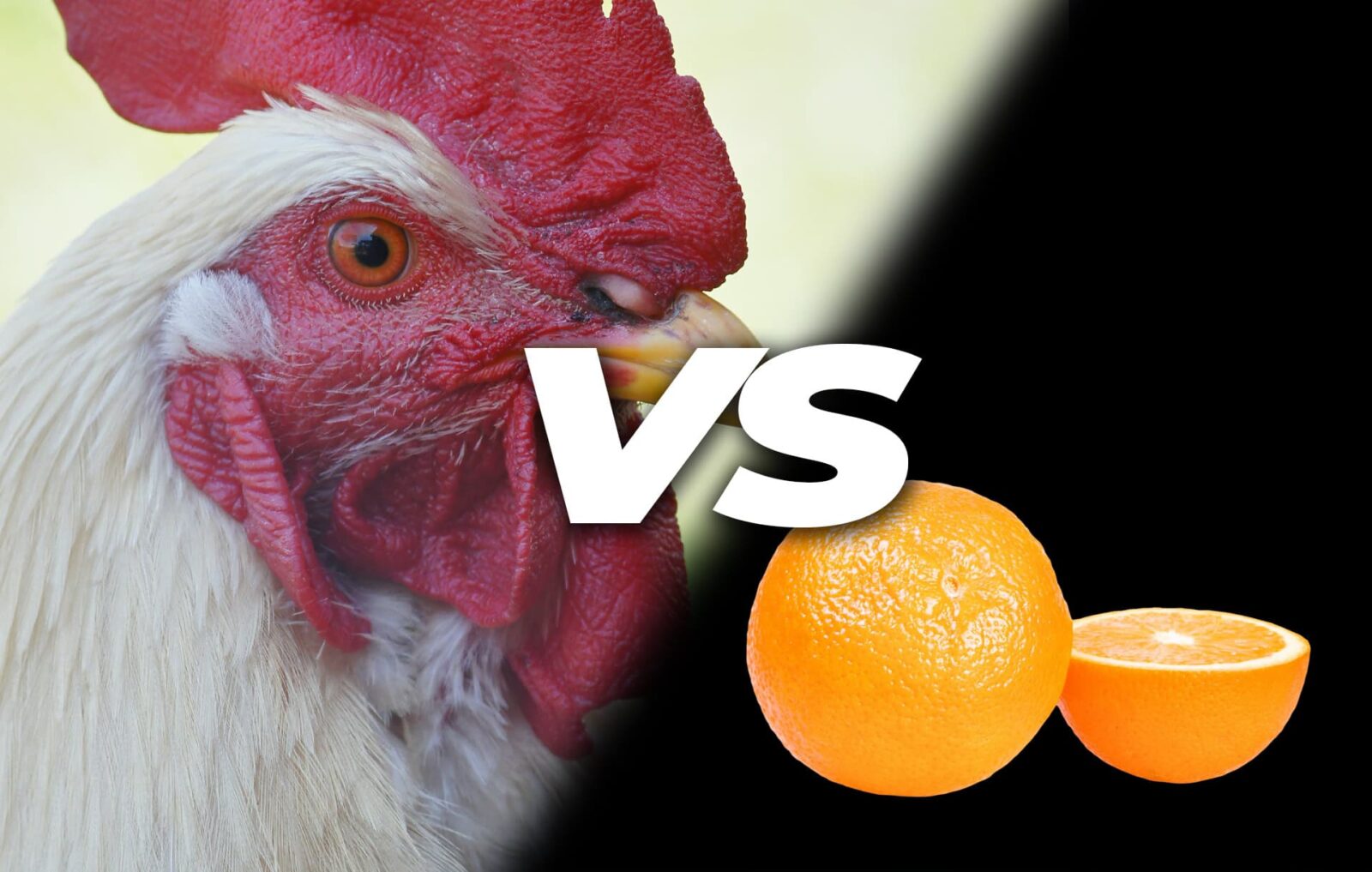

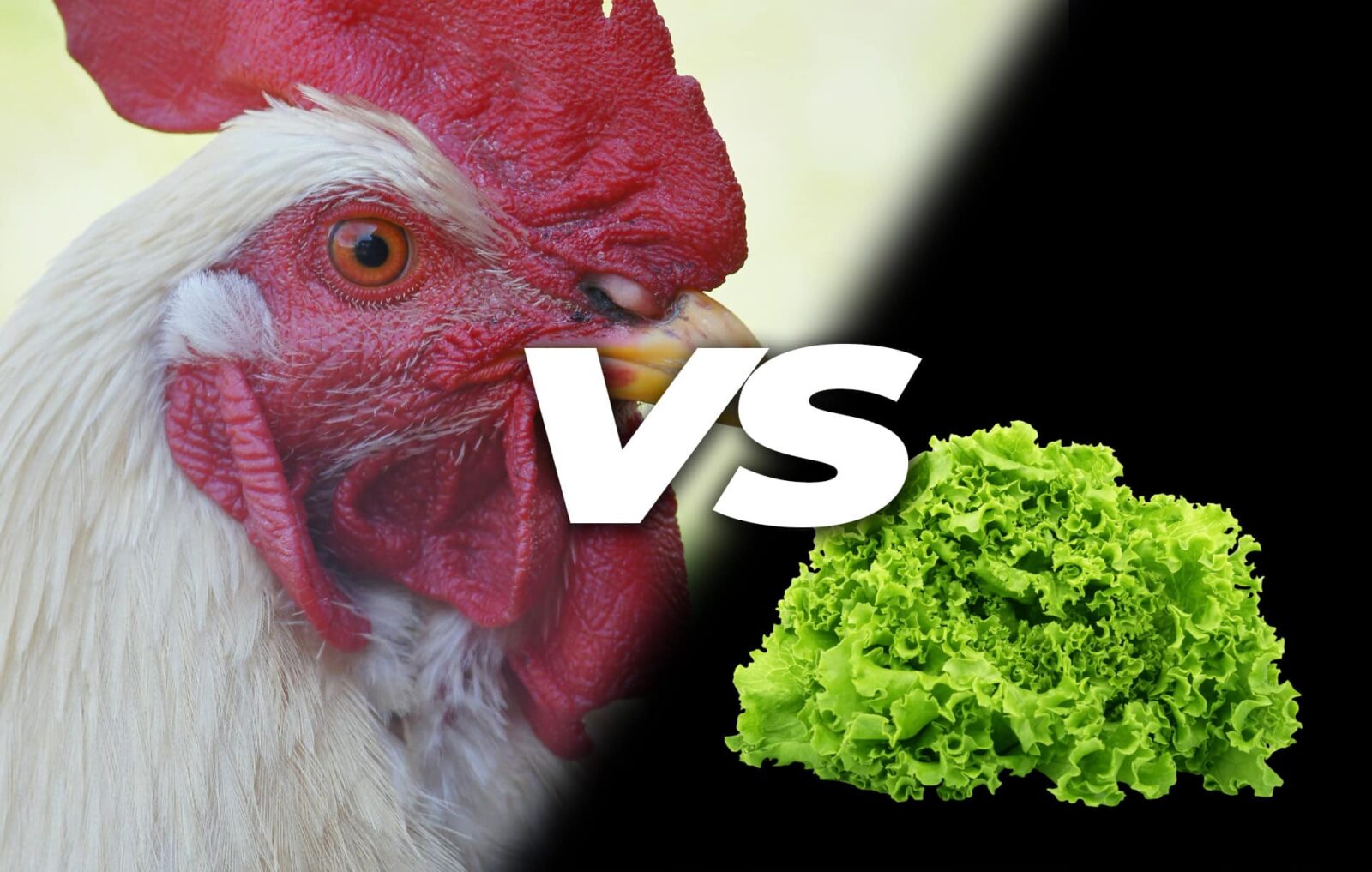
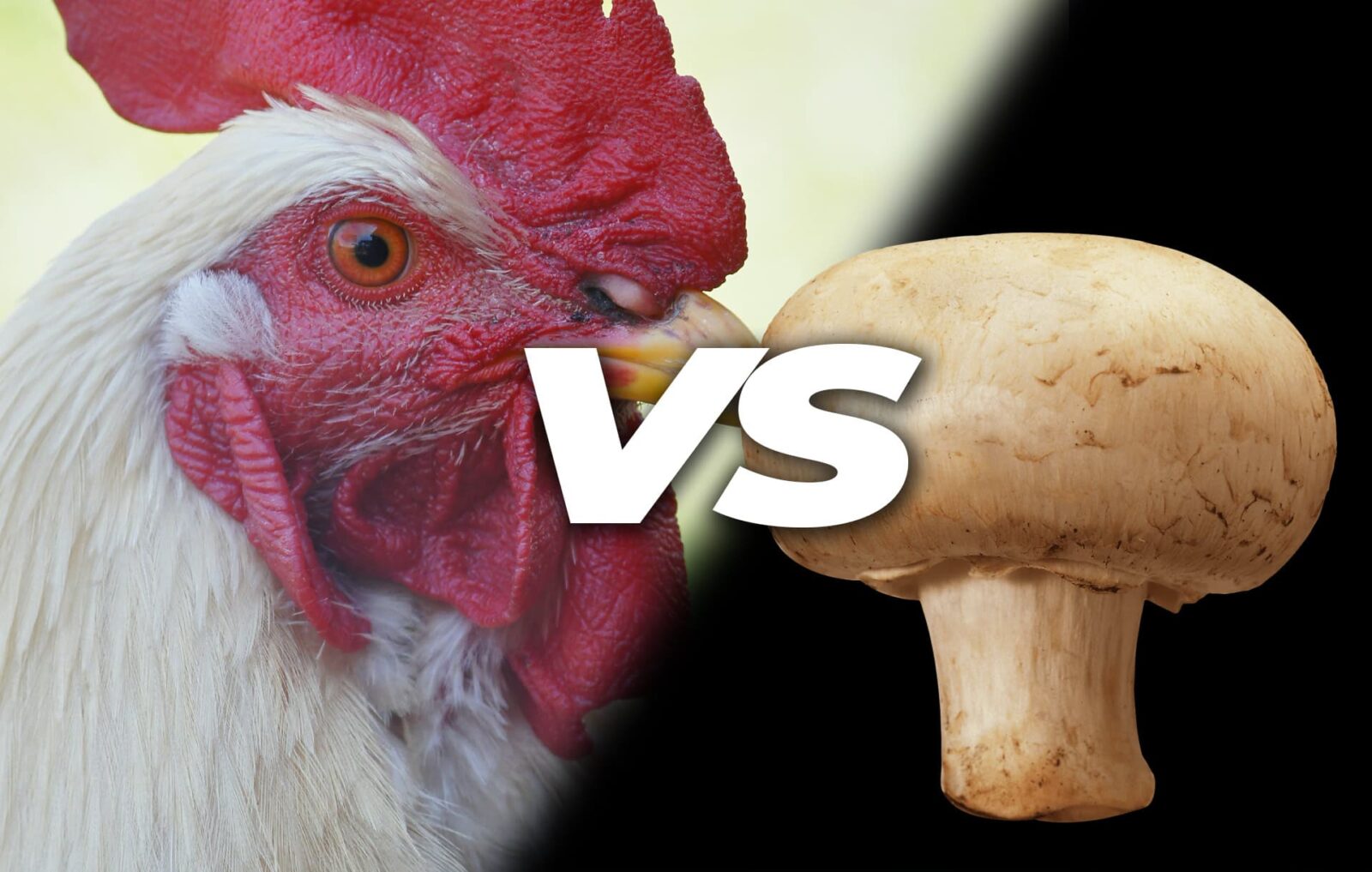
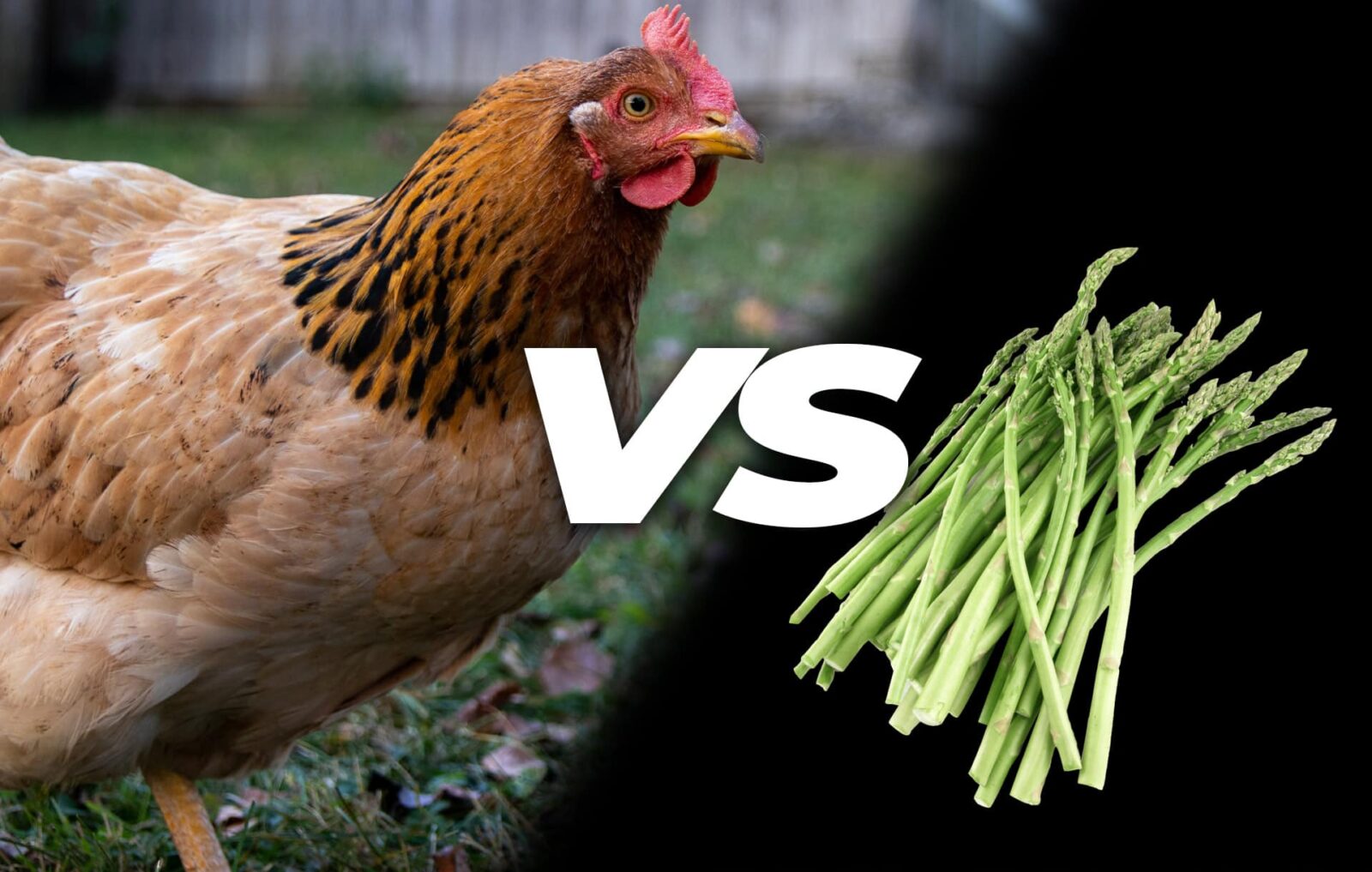

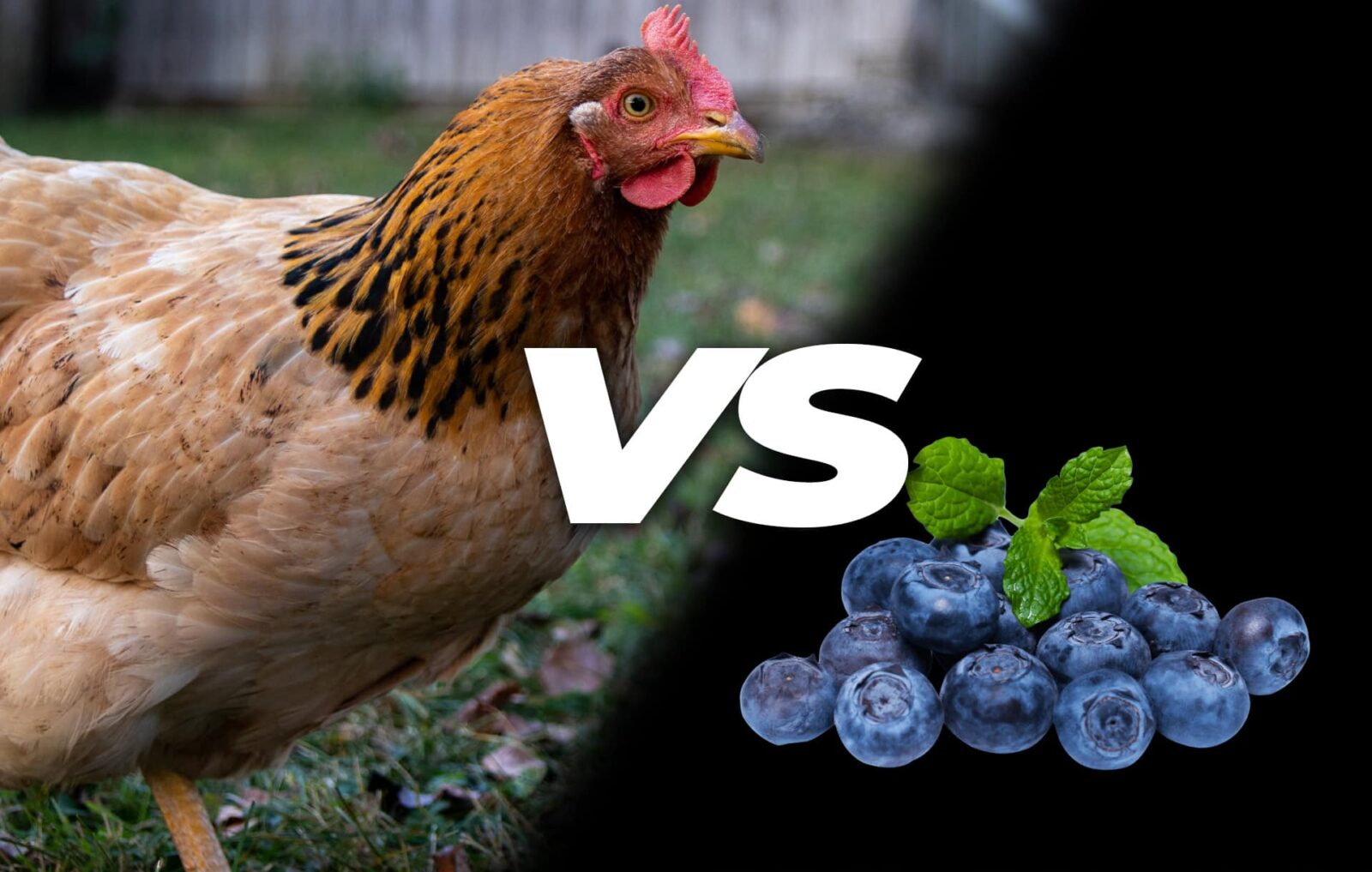
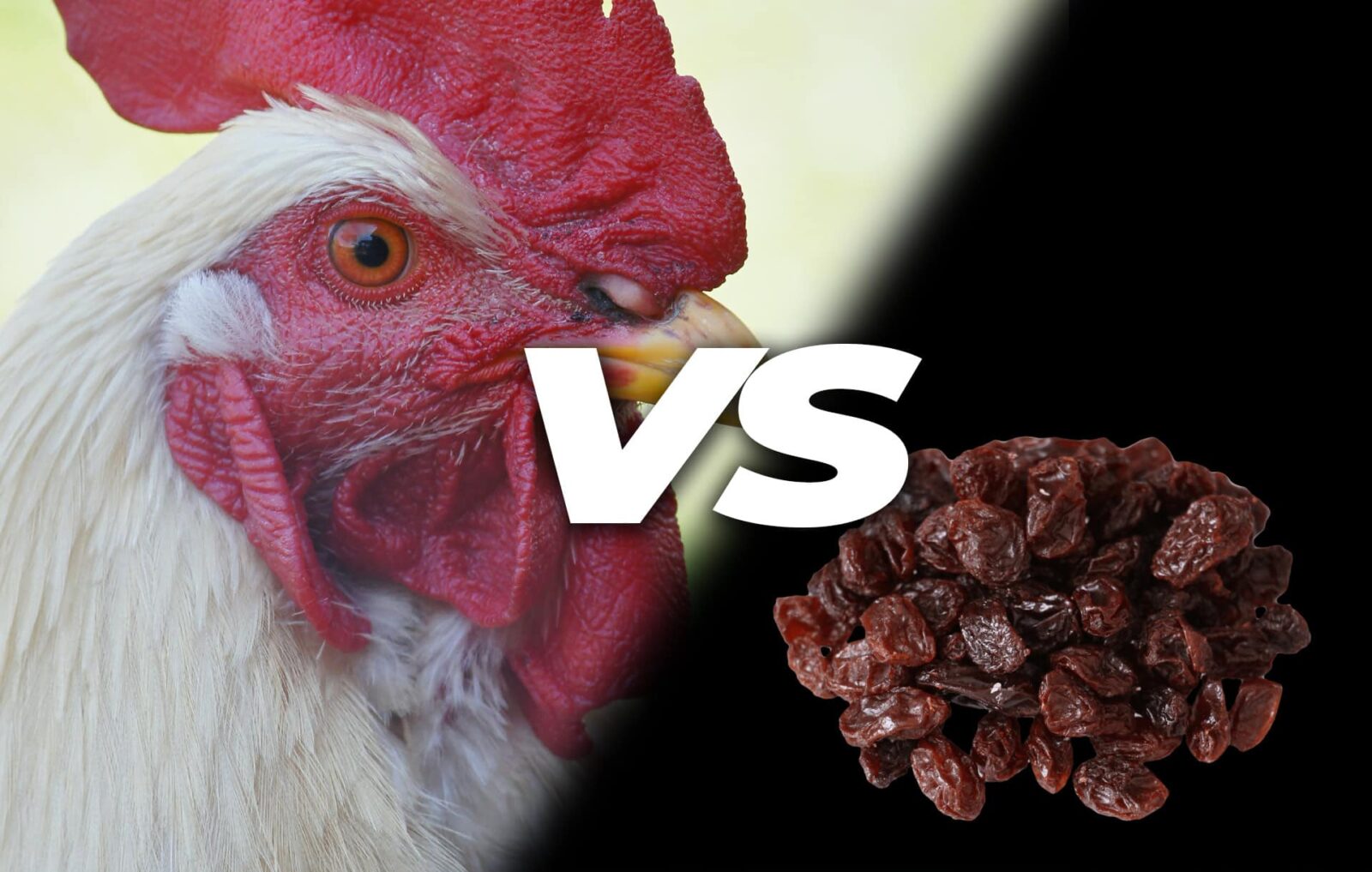
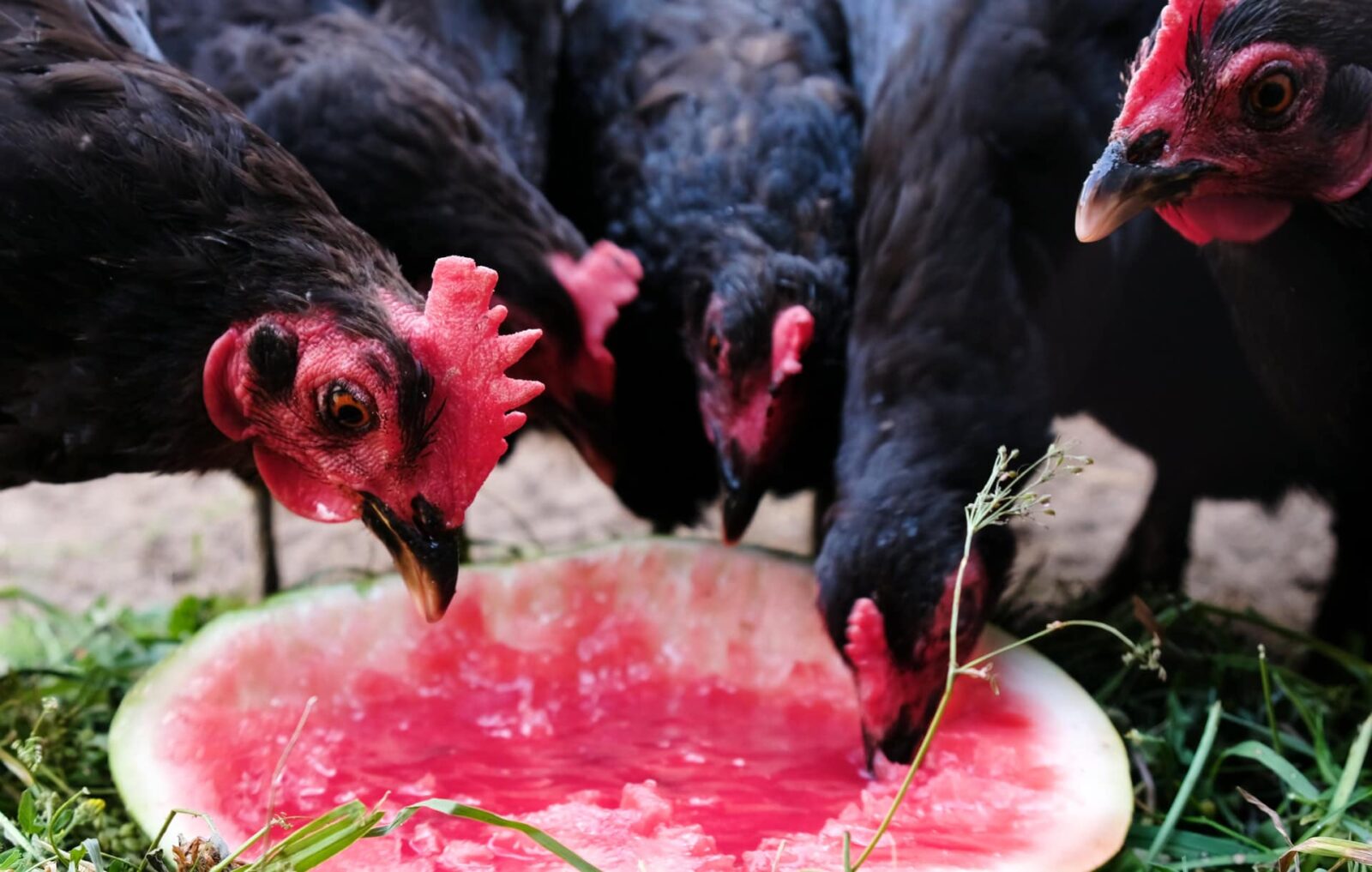

Leave a Reply